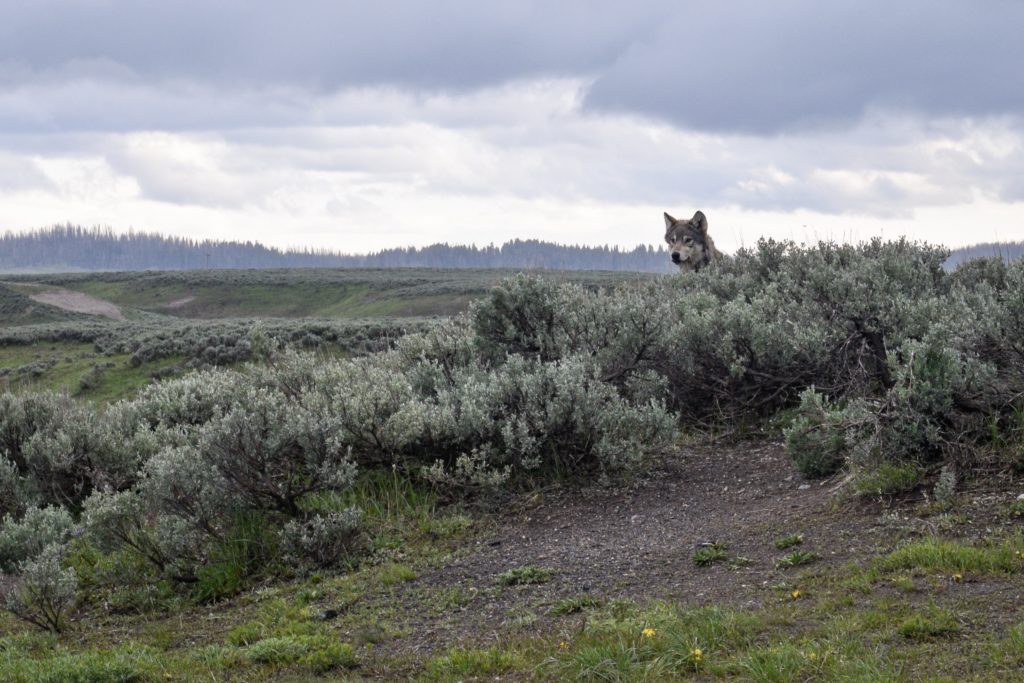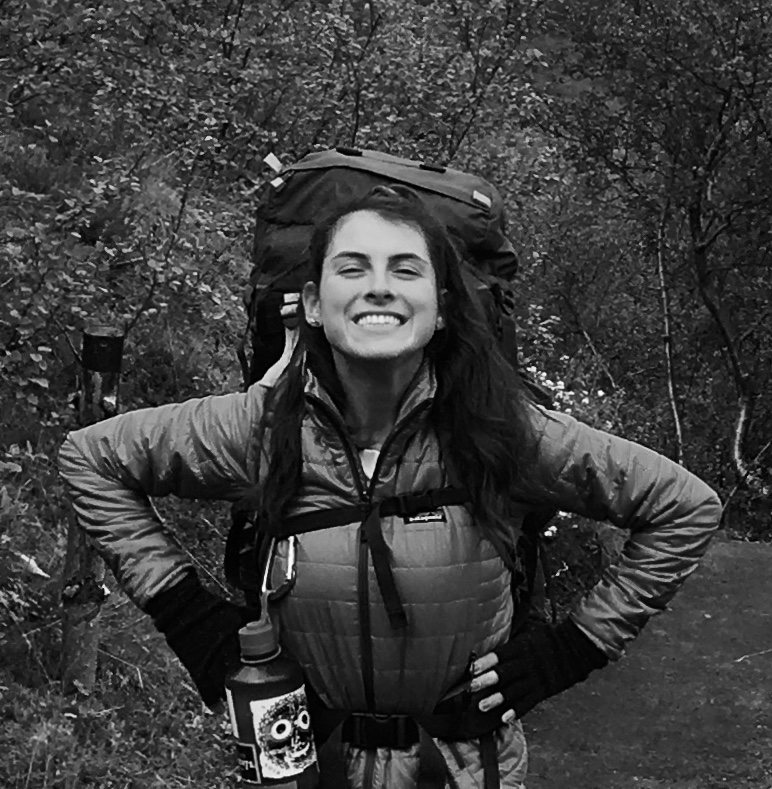
As the number of outdoor recreationists expands due to a confluence of improved technology and social trends, humans and wildlife increasingly overlap in their demands for natural spaces. Over this past year, our UHPSI project team has explored this issue in the context of the Greater Yellowstone Ecosystem. A dramatic and alluring landscape, this region has become an epicenter for outdoor sports such as backcountry skiing, mountain biking, backpacking, rock climbing, snowmobiling and white-water kayaking. These activities have drawn waves of new residents to the area and bring in scores of tourists annually. However, this region is not only a haven for recreationists–it is also important habitat for the grizzly bear, elk, bighorn sheep and numerous other species of wildlife. As recreation has expanded within the Greater Yellowstone Ecosystem, it has inevitably begun to encroach on wildlife habitat.
One well documented example of this is the impact of backcountry skiing on bighorn sheep. Like many other species, sheep are particularly vulnerable during the winter due to limited food supplies. Sheep are highly skittish and go to great lengths to avoid human interaction. With the increase of backcountry skiing in their habitat, sheep are forced to expend critical energy during the winter to avoid skiers.
In order to better understand how recreation ethics play into the human-wildlife conflict in this region, we conducted a series of interviews with Greater Yellowstone Ecosystem recreationists. Our interviewees were generally very concerned about wildlife in the region, but also had personally felt the strong benefits of outdoor recreation and wanted the public to have access to these. As we conducted our interviews, a common refrain was that public lands should be open to people to enjoy–the public has a right to access these lands. This brings up the contentious question of what our right to nature is. Do we have the right to enjoy it even if it harms wildlife? What rights should other species have? Should rivers, mountains, or trees have rights? If so, should these rights be upheld by legislation or human decency?
The United States has few laws that deal with animal rights. The two main pieces of federal legislation, the Animal Welfare Act and the Humane Slaughter Act, target captive and domestic animals and livestock. Arguably, the Endangered Species Act (ESA) addresses the rights of threatened or endangered species by protecting them from being harassed, killed, trapped, hunted, collected, captured or wounded. However, this only applies to species listed under the act. Even for these species, calling the ESA an animal rights law is dubious as the spirit of the law is based on preserving a species rather than protecting the rights of an individual animal. We certainly have no laws relating to the inherent rights of plants or natural features such as streams or canyons. Such laws are not unprecedented however. In 2017, New Zealand granted rights of personhood to the Whanganui River demonstrating how legal standing can protect non-humans as well.
In order to create just and sustainable conservation strategies, land managers, conservationists and recreationists need to grapple with the notion of rights and to whom they belong. We need to balance the concepts of freedom from and freedom to. I would argue that our right to recreation ends when we begin to infringe on the survival of other creatures. That is, their right to survival should supersede our right to recreate. Finding the right balance between recreation and habitat protection is no easy feat, but the situation only becoming more urgent. This will require a deeper scientific understanding of species’ needs and knowledge of what motivates recreationists to modify their behavior.
Student Researcher

Talia Niederman, Research Assistant | Talia is pursuing a Master of Environmental Management with a focus in Ecosystem Conservation and Land Management. Prior to Yale F&ES, Talia worked for the Center for Biological Diversity and the Catalina Island Marine Institute. She is interested in analyzing anthropogenic influences on wildlife populations and collaborating with local communities to develop effective conservation strategies. Talia has worked as a research assistant with UHPSI for two years while attending Yale. See what Talia has been up to. |Blog
